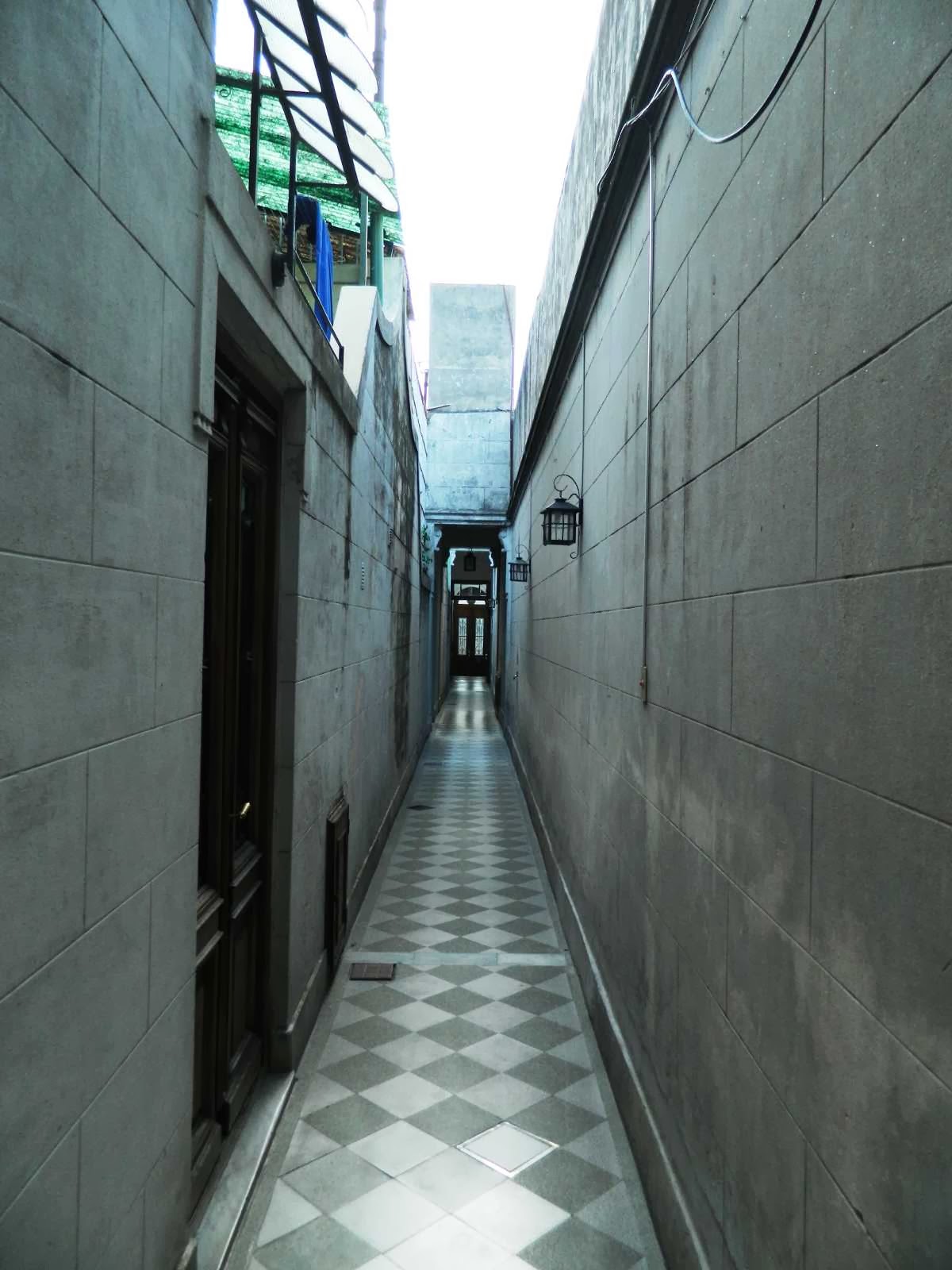G for gastronomy, H for helado
Most people seem to think that in a month
and a half of vida porteña I have
just eaten roasted meat and choripan
(the famous big sandwich with the argentine sausage and sauces) and drunk
Malbec wine. I admit there isn’t a lot more to Argentine gastronomy than their
tradition for asado (barbecued meat),
but whatever there was, I tried it!
The first day I arrived, Adriana sweetly
welcomed me with a tray of facturas (be
careful, they are only called this in Argentina!), which are sweet pastries filled with custards and jams and every
delightful filling you can think of. They are a big tradition in Italy as well:
a touch that made me feel at home at once. Little did I know that facturas were going to be the first of
many déjà’vus Argentine gastronomy was going to give me. The major Italian influence
in the porteña culture is evident in
their dishes: pasta casera (homemade),
pizza, pesto, tomato sauce…it was a matter of choosing what I was missing most
from my favourite Italian classics and going for it.
Empanadas were new to me. Although in Italy we have various versions of the
Puglian Panzerotti, the argentine
delights are some calzone-looking pastries that have their signature filling:
minced beef spiced with herbs and mixed with olive oil, onions, boiled egg and
raisins. Fried or baked, they made a succulent lunch for my days in and out of
Spanish school. Where to buy them? The smaller and less fancy the place, the
better the empanadas, I found.
The best complement to a nice bottle of red
vino, strictly Malbec, is a good plate of picadas
to share with friends: platters
with a variety of the best chorizos and cured meats, olives, etc. My favourite
place to enjoy picadas
was La Poesia. With El Federal and Hipopotamo, La Poesia represents history and heritage of its
neighbourhood: the wonderful old photographs that decorate the walls are
testament to this, adding to the atmosphere a feeling of belonging. The ricotta-stuffed
fried ravioli and the pan casero
(homemade bread) are the special add-ons to their wonderfully rustic menu.
OK, ok – I’m getting there: the meat. There
is nothing like argentine bife de chorizo (steak), chinchulines (insides), salchicha (sausages),every element of a
good parrillada (barbecued meat to
share) is unforgettable. The scrumptious juiciness will make it forgivable to
any stomach, and needless to say, the Malbec is only enriched by a good carne asada!
Not being too much into very sweet flavours,
I admit I did not go crazy about alfajores.
The double biscuit joined by a layer of dulche
de leche and covered in chocolate is the best known Argentine sweet and it
has its chocoholic fans all over the world. But for me, dulce de leche was so much better on…ice cream! Believe it or not, for
an Italian I am not much of an ice-cream lover. Yet, in Buenos Aires I
discovered Freddo. When Agostina, one
of my Spanish teachers, suggested I try it, I was sceptical. I am used to the
British over-celebration of ice cream –only they could have transformed the
classic Oh Sole Mio into the jingle
for a Cornetto ice-cream ad! – and I am also used to the best ice-cream you can
find: Italian. However the first time my
lips plunged into the coconut and dulce
de leche flavour, there was no going back. Freddo became my sin, my
fantasy, my secret appointment through the streets of San Telmo.


Comments